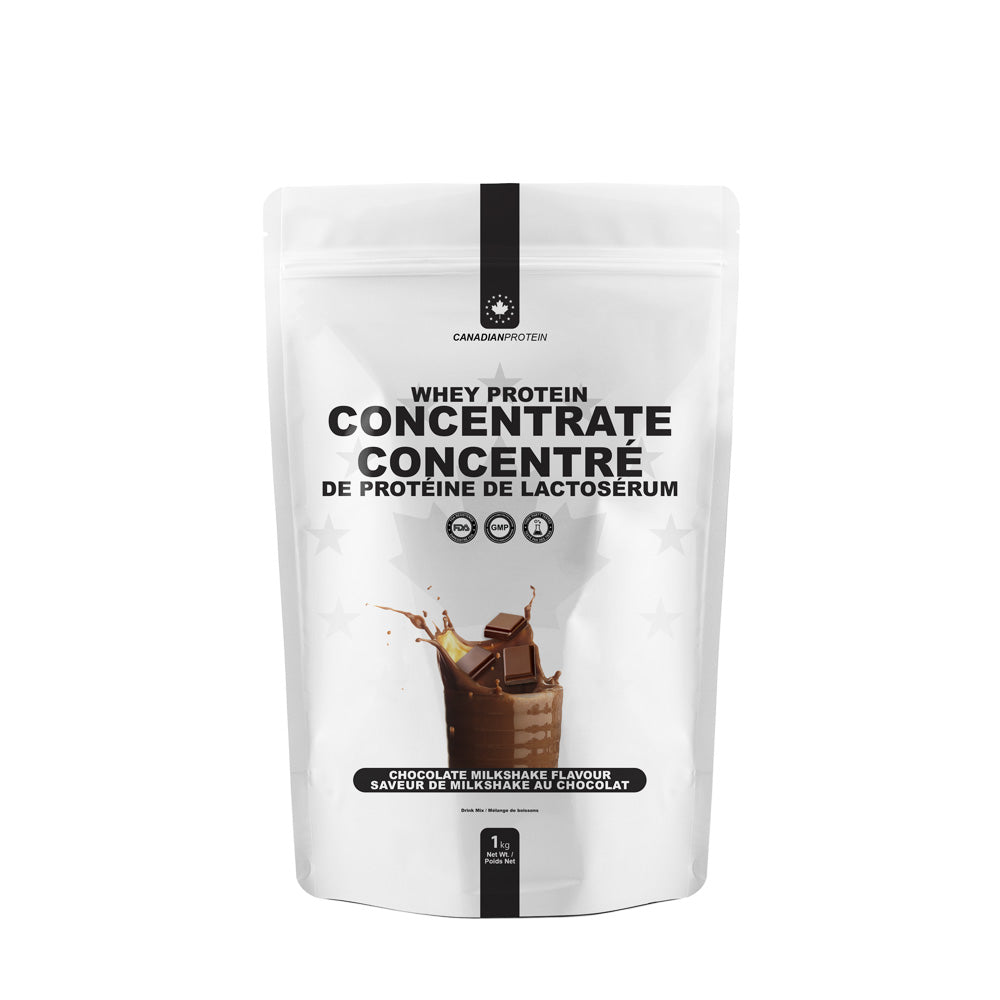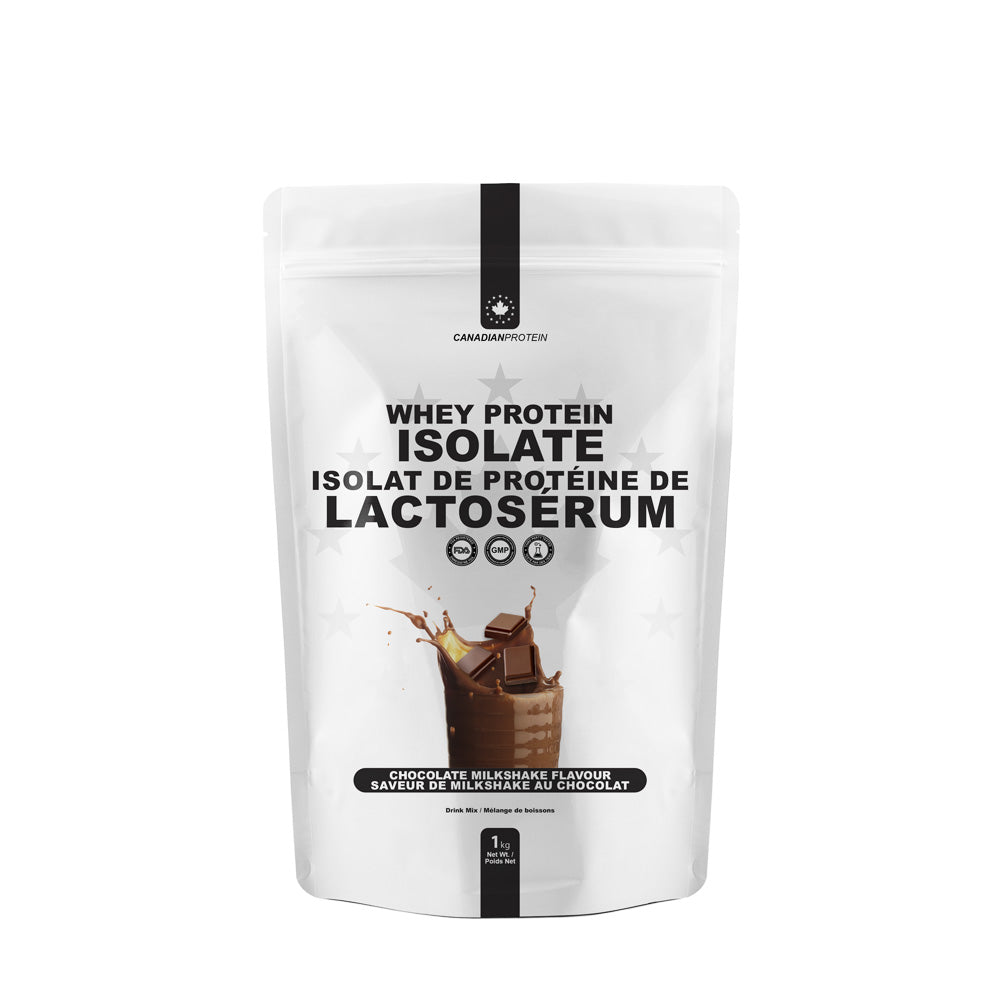The human anatomy is a miraculous thing when you stop and really think about it. We’re incredibly complex beings that function in so many different ways that unless you’re a highly trained and highly knowledgeable individual, you’d simply never understand them all. When it comes to sports and exercise, the complexities of our bodies really do become apparent, especially when you think about your muscles. Our muscles, believe it or not, are actually made up of two different types of fibre – fast twitch fibres, and slow-twitch fibres. Each and every single one of our muscles is comprised of these tiny fibres, typically a combination both. Understanding exactly which percentage of your muscles are comprised of these fibres however, can help you to better maximize your training in order to see the best results. Here we’ll be taking a look at the differences between both fibres, how to train each one, and which works and grows the best.
Slow-twitch muscle fibres

First up we have slow-twitch muscle fibres. Slow-twitch muscle fibres contract far slower than fast-twitch muscle fibres but are able to keep on working at a high capacity for a prolonged amount of time. Slow-twitch muscle fibres are sometimes referred to as type 1 fibres and they take far longer to begin working than slow twitch fibres. With these fibres, force per contraction is spaced out over a prolonged period of time. These muscles are ideal for prolonged spells of physical activity such as walking, running, marathons, and other forms of aerobic activity and exercise.
Fast-twitch muscle fibres
Next up we have fast-twitch muscle fibres, which are also known as type 2 fibres. These are anaerobic fibres, which means that they function without oxygen. They work extremely quickly but the downside is that they fatigue far easier and far quicker than slow-twitch fibres. This means that explosive movements such as sprinting or Olympic lifting will recruit far more of these fibres, and will benefit greatly as a result. Individuals who have more fast-twitch fibres in their bodies than slow-twitch fibres, generally find themselves tiring out much quicker than people with more slow-twitch fibres in their bodies. If you were to imagine a marathon runner versus a sprinter, the marathon runner would have more slow-twitch fibres, and the sprinter would have more fast-twitch fibres. The sprinter would destroy the marathon runner as they set off from the line, but if the race went on for longer, the sprinter would quickly tire and the marathon runner would then take the lead.
How to train fast-twitch muscles

If you engage in sporting activities and exercises which require a lot of fast-paced explosive movements, you’ll benefit greatly from an increased amount of fast-twitch muscle fibres. Some people naturally have more fast-twitch fibres in their bodies than slow-twitch, and vice versa with some people. No matter what your genetic makeup however, you can still increase the amount of fast-twitch fibres in your body in a number of different ways. Here’s a look at a few ways of training your fast-twitch muscle fibres most effectively.
Moderate weights, low reps – Study after study has revealed that one of the most effective way of recruiting more, and increasing the amount of fast-twitch muscle fibres in your body is to perform exercises using moderate to heavy weights, for a low number of reps, typically between 4 and 8. You shouldn’t however, reach failure on the last reps, because the idea is that the exercise feels easier than it actually is. You may be tempted to add more weight or perform more reps, but resist the urge and trust science instead. Too much volume such as too heavy a weight or too many reps, can interfere with your recovery rates which is when the new growth will occur. You obviously want to be feeling it on the last few reps, but if you’re unable to finish a working set, go a little lighter.
Short breaks – Another very effective way of maximizing your training is to keep your breaks between working sets relatively short, typically around 60 – 90 seconds max. This helps ramp up speed and intensity which will keep your heart rate elevated and will help maximise oxygen transport.
Explosive movements – With each exercise, whether you’re lifting or running, aim for speed (whilst making sure not to compromise your form). If you’re running, try HIIT and sprint for several intervals. If you’re lifting, on the positive part of the lift, explode the weight upwards as if you’re trying to force it through the roof. Try to get each working set performed as quickly as you possibly can.
How to train your slow-twitch muscle fibres

We’ll now take a look at your slow-twitch muscle fibres, which, if you’re training for endurance rather than speed, will come in very useful for you indeed.
Endurance – One of the most effective way of recruiting more slow-twitch muscle fibres is to perform a number of endurance-based workouts. If you use the treadmill, keep the speed at a low/moderate pace and carry on for over one hour. You could go hiking, cycling, walking, or even swimming for long distances.
Light weight and high reps – With weight and resistance training, if you want to shift your focus to endurance, then rather than low reps and moderate/heavy weights, you should instead opt for a lighter weight and more repetitions instead. You should select 8 – 10 exercises for each major muscle group, and go for 3 sets of 15 – 20 reps on average. It may feel easy for the first 8 – 10 reps, but afterwards you should start to feel the “burn” as you reach your 15 – 20 rep target.
Which grows the best?
To be honest, it’s not really a case of which grows the best, it’s a case of which type of fibre you would like to grow the best. If you perform a lot of endurance exercises and/or high rep training, obviously your slow-twitch fibres will respond the best, whereas if you train quickly, explosively, with relatively heavy weights, more fast-twitch fibres will be recruited.













